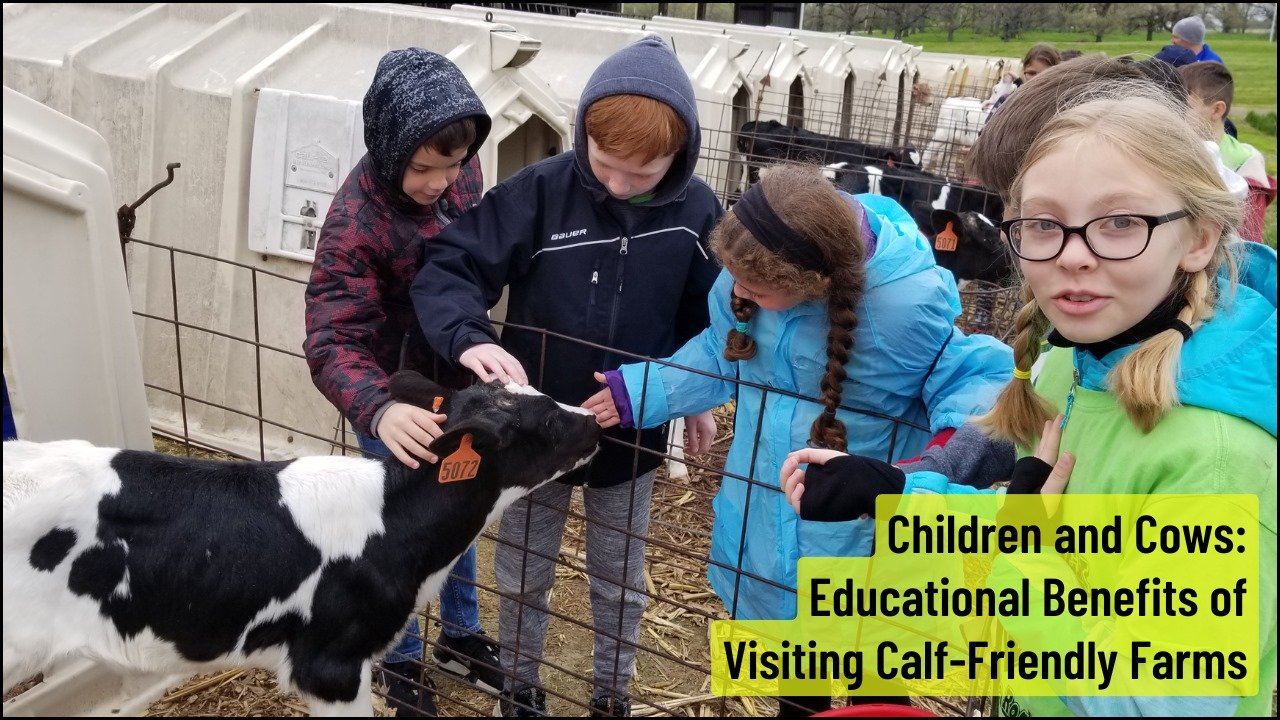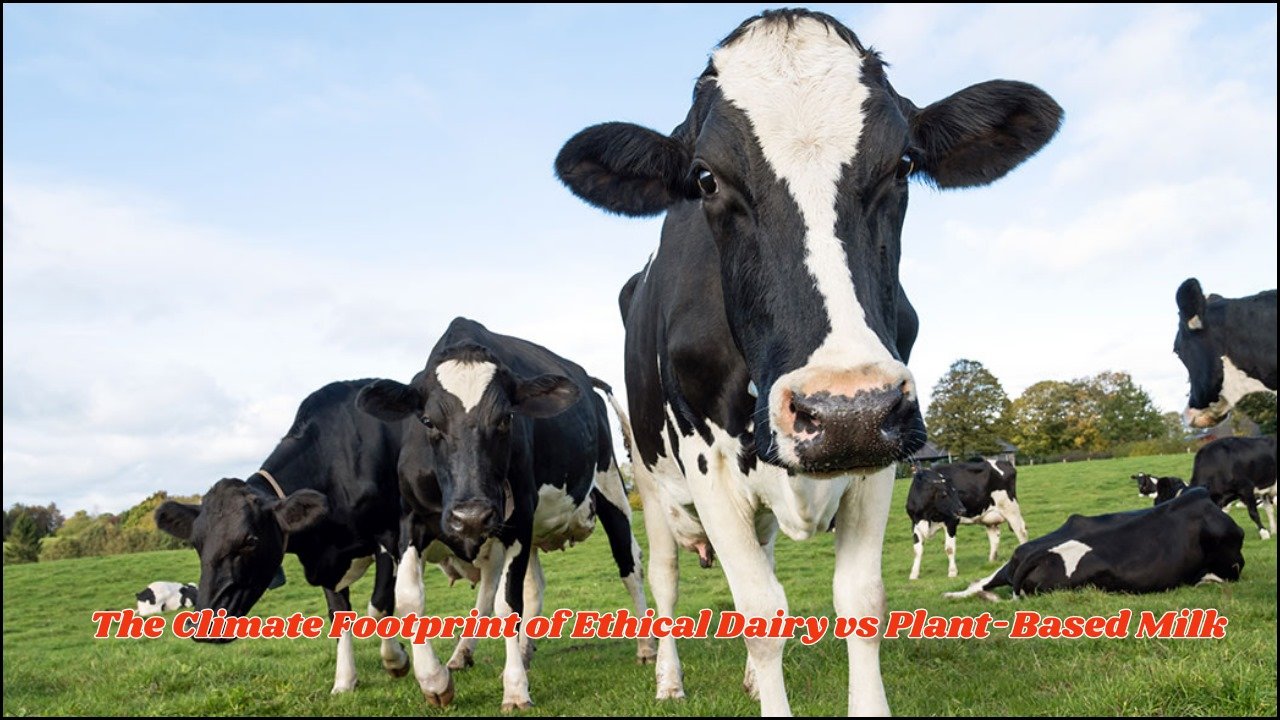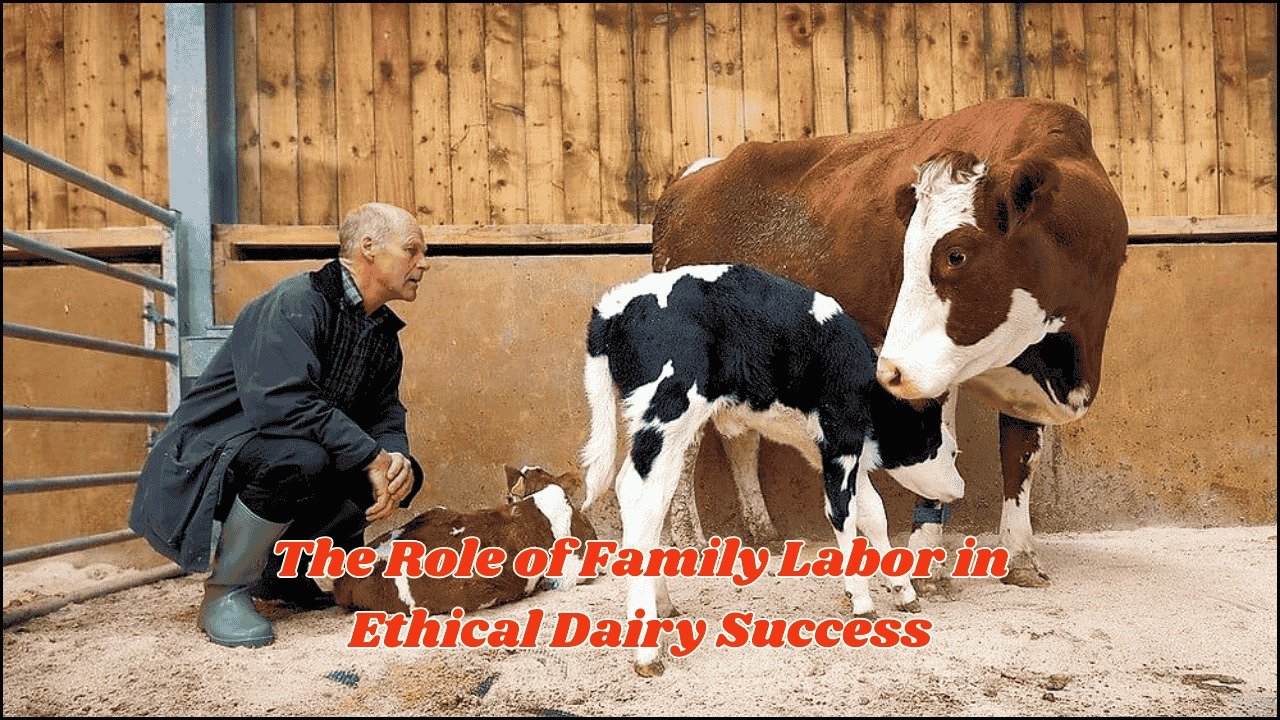
Weaning is one of the most challenging periods in cattle production, particularly in cow-with-calf systems where calves stay with their mothers longer than in conventional setups. The process can cause stress for both cows and calves, impacting weight gain, immunity, and overall welfare. However, research-backed strategies and practical management can help minimise these effects, creating a smoother transition.
Table of Contents
Understanding Weaning Stress
Weaning stress occurs when calves are separated from their mothers, leading to behavioural and physiological changes. Common signs include increased vocalisation, reduced feed intake, restlessness, and weight loss. These changes stem from both nutritional and social separation, making it essential to plan the process carefully.
Overview Table
| Method | Description | Key Benefit |
|---|---|---|
| Fence-Line Weaning | Physical separation with visual contact | Reduces behavioural stress |
| Creep Feeding | Introducing solid feed before weaning | Maintains energy and growth |
| Low-Stress Handling | Gentle and quiet cattle management | Minimises fear and injury |
| Gradual Separation | Short daily separations before full weaning | Smooth transition for both cow and calf |
| Health Monitoring | Regular checks and preventive care | Prevents disease outbreaks |
Scientific Insights into Stress Reduction
Studies show that gradual weaning approaches can significantly reduce stress levels. Calves that undergo step-by-step separation experience fewer behavioural changes and maintain better growth rates compared to those weaned abruptly. Researchers also emphasise that stress hormones, such as cortisol, remain lower in calves subjected to gradual techniques.
Practical Methods for Reducing Weaning Stress
Fence-Line Weaning
This method allows cows and calves to see, hear, and smell each other but prevents nursing. Over a week, calves adapt to independence while still having social comfort. Research indicates that fence-line weaned calves show less weight loss and fewer signs of stress.
Creep Feeding
Introducing solid feed before weaning prepares calves for a diet without milk. Providing high-quality creep feed several weeks before separation helps maintain energy intake and reduces the shock of dietary change.
Low-Stress Handling
Minimising noise, crowding, and rough handling during weaning reduces fear and stress. Calm movement, proper facilities, and trained staff can make a significant difference in animal welfare.
Gradual Separation
Separating cows and calves for a few hours daily before permanent weaning allows both to adjust. This approach works well in smaller operations where labour and space allow flexibility.
Importance of Health Monitoring
Regular health checks during the weaning period are essential. Calves under stress are more vulnerable to diseases such as bovine respiratory disease (BRD). Vaccinations, parasite control, and good nutrition are critical to maintaining resilience during this stage.
Environmental Considerations
Providing a comfortable environment during weaning helps reduce stress. This includes access to clean water, shelter from extreme weather, and dry bedding. Pastures should be well-maintained to encourage feed intake.
FAQs
Q1: What is the best age to wean calves in cow-with-calf systems?
A = The ideal age varies, but calves are often weaned between 6–9 months, depending on management goals and pasture availability.
Q2: Does fence-line weaning require special infrastructure?
A = Yes, sturdy fencing that prevents nursing but allows contact is essential for this method.
Q3: How long should creep feeding be provided before weaning?
A = At least 4–6 weeks before separation is recommended to help calves adjust to a solid diet.





